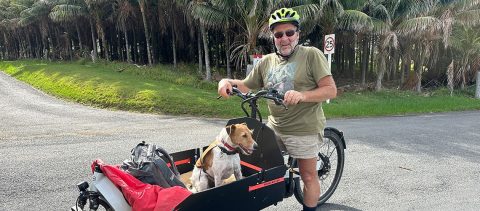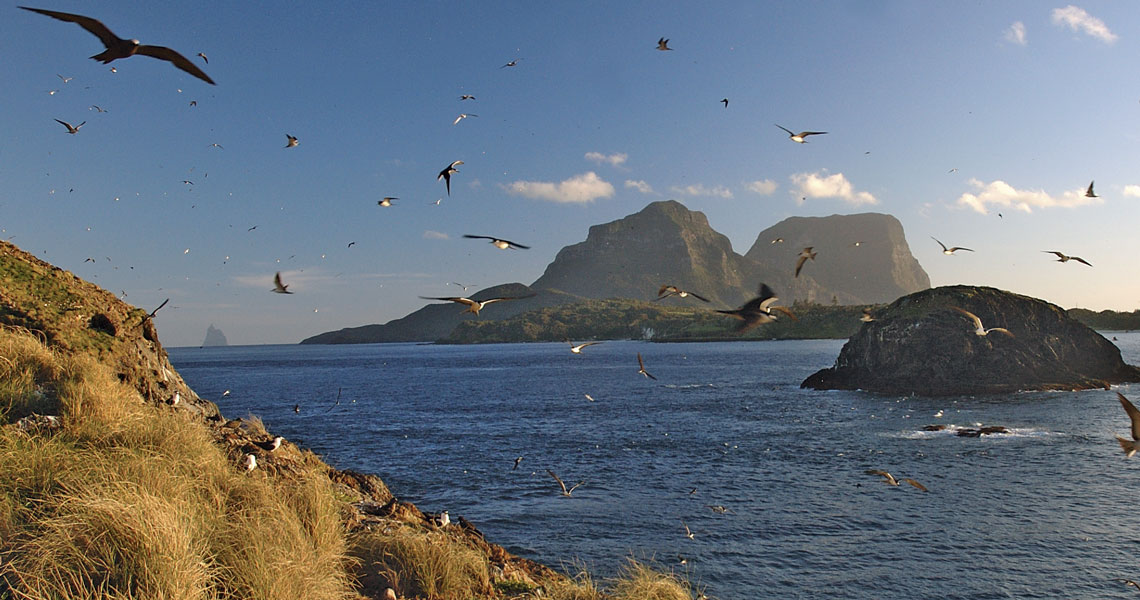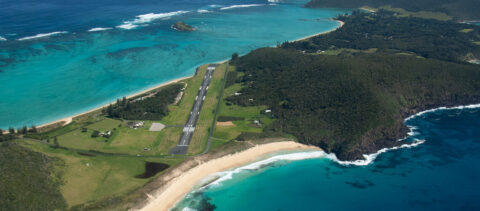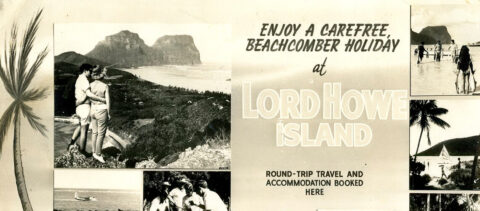
Earth Day 2025
April 22nd is Earth Day 2025. We invite all e-bike owners on the island to meet at Signal Point for a group photo.

The biodiversity on Lord Howe Island is extraordinary!
On this tiny island in the Tasman Sea there are found 240 species of native vascular plants, over 100 moss species; hundreds of thousands of breeding seabirds from fourteen different species; around three to four thousand species of invertebrates (animals without backbones), such as snails, spiders, beetles, stick insects and ants); in the Island streams there are interesting freshwater crustaceans such as a unique shrimp species and a tiny crab Halicarcinus lacustris that is also found in Eastern Australia, New Zealand and Norfolk Island.
Then there is the marine life in the surrounding ocean – the world’s most southerly coral reef, with a great diversity of other creatures living in and on the reef. There are over 500 fish species, around seventy echinoderm species (starfish, urchins and their cousins), hundreds of mollusc species (snails, slugs and bivalves) plus hundreds of other species such as crustaceans, worms, and a myriad of other creatures.

Despite the relatively small land area of 1,463 hectares for the whole of the Lord Howe Island Group, there is an extraordinary diversity of landscapes and a rich array of microhabitats for different species to adapt and evolve.
One of the major contributing factors to Lord Howe Island’s biodiversity is the fact that the Island has mountains rising to 875 metres above sea level, creating some amazing “altitudinal” micro climates, including a unique cool and humid ‘mist forest’ on the mountain peaks.
However, there are many other equally fascinating habitats: the lowlands and hills; the many beaches – both sandy and pebbly; and sheltered, rain-forested valleys surrounded by steep mountain slopes and cliffs.
All habitats exhibit different conditions of sunlight, rainfall, humidity, exposure and soil, thereby influencing the species that can flourish there. Particularly significant, is the 6 degree temperature gradient from sea level to mountain summit providing remarkably varied climatic conditions.

April 22nd is Earth Day 2025. We invite all e-bike owners on the island to meet at Signal Point for a group photo.

In the summer on Lord Howe Island we see several birds visiting from the northern hemisphere.

In early September, there were celebrations on the island to mark the 50th anniversary of the construction of the Lord Howe Island airstrip.

Tourism brochures on display at the museum reflect the evolving transportation, accommodation, and experiences on Lord Howe Island over time.